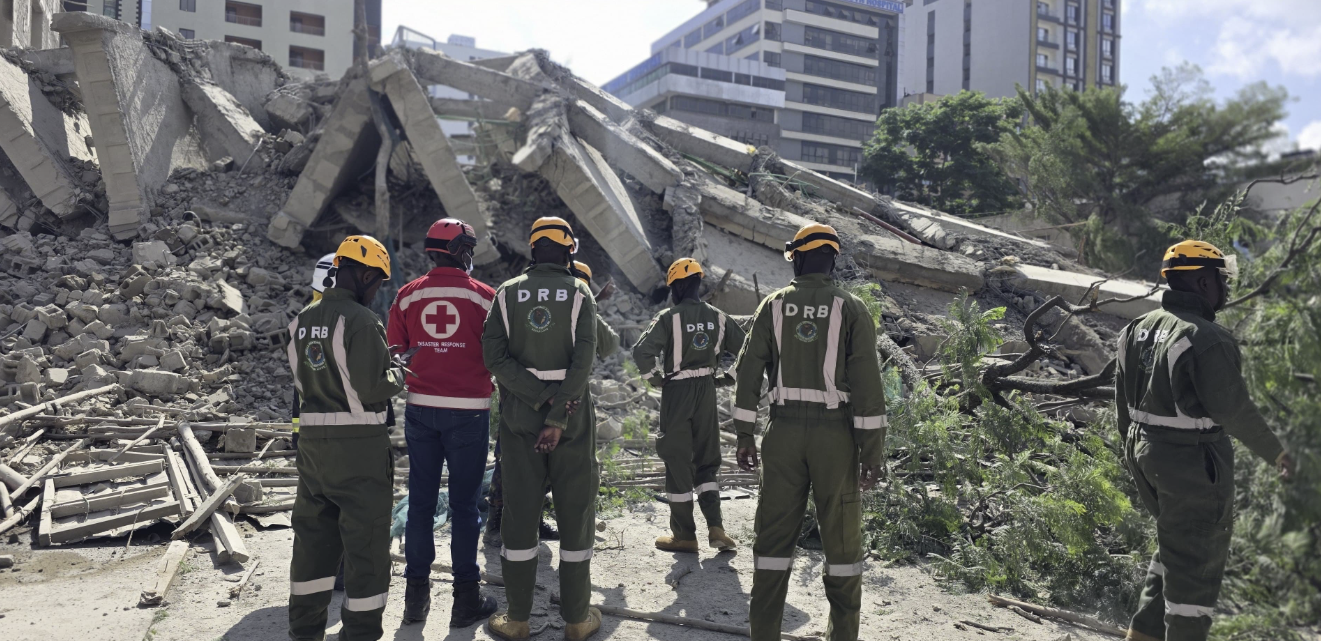Growing up in a quiet village in western Kenya, one of the most harrowing experiences I witnessed was that of a young boy bitten by a stray dog. His family, uncertain of the danger, treated the wound with herbs and waited. A week later the boy developed fever, confusion, agitation, and trouble swallowing. By the time he was taken to the hospital, it was too late. He died in agony from rabies, a disease that is 100% preventable if treated on time.
More recently, during a meeting with the Westlands MP, Hon. Tim Wanyonyi, to plan a rabies vaccination and awareness campaign in the Huruma and Githogoro neighbourhoods, I met a constituent who shared a heartbreaking account. She spoke of a young girl who had been bitten by a rabid dog. Her parents, unable to afford medical care, only took her to Kenyatta National Referral Hospital a week later, after the symptoms began to appear. Now, she lay at home, locked away, awaiting her fate. These stories are just a few among many, but there should not have been a single one.
The Kenya Veterinary Association (KVA) commemorated this year’s World Rabies Day with a one-day conference and field day held in Naivasha from 26th – 27th September 2025. The events served as moments for reflection on the devastating impact of rabies, a disease that continues to claim the lives of over 2,000 Kenyans every year, mostly children under the age of 15. Globally, rabies kills one person every nine minutes. These numbers are more than statistics, they are lives lost needlessly, dreams cut short and families left in grief.
This year’s theme, “ACT NOW: YOU, ME, COMMUNITY,” serves as a reminder that eliminating rabies requires a collective effort across multiple sectors. It demands a One Health approach, bringing together human health, animal health, and environmental sectors, to break the transmission cycle. In Kenya, over 98% of human rabies cases stem from dog bites, yet fewer than 20% of our dogs are vaccinated annually. This gap is the most significant weakness in our fight.
KVA has been vocal in calling for coordinated mass dog vaccination campaigns, robust public awareness programs, and increased access to post-exposure prophylaxis (PEP), especially in rural counties where the burden is highest. We commend the government’s efforts under the National Rabies Elimination Strategy (2014 – 2030) but urge faster and more inclusive implementation.
Veterinary professionals remain at the frontlines, not only treating animals but protecting public health. We reaffirm our commitment to collaborate with government, civil society, and international partners to end human deaths from rabies by 2030.
Let us honor those we have lost by acting now. Vaccinate our animals, educate our communities, and ensure no child succumbs to a bite that could have been prevented. Rabies is a silent killer, but united, we can silence it for good.












